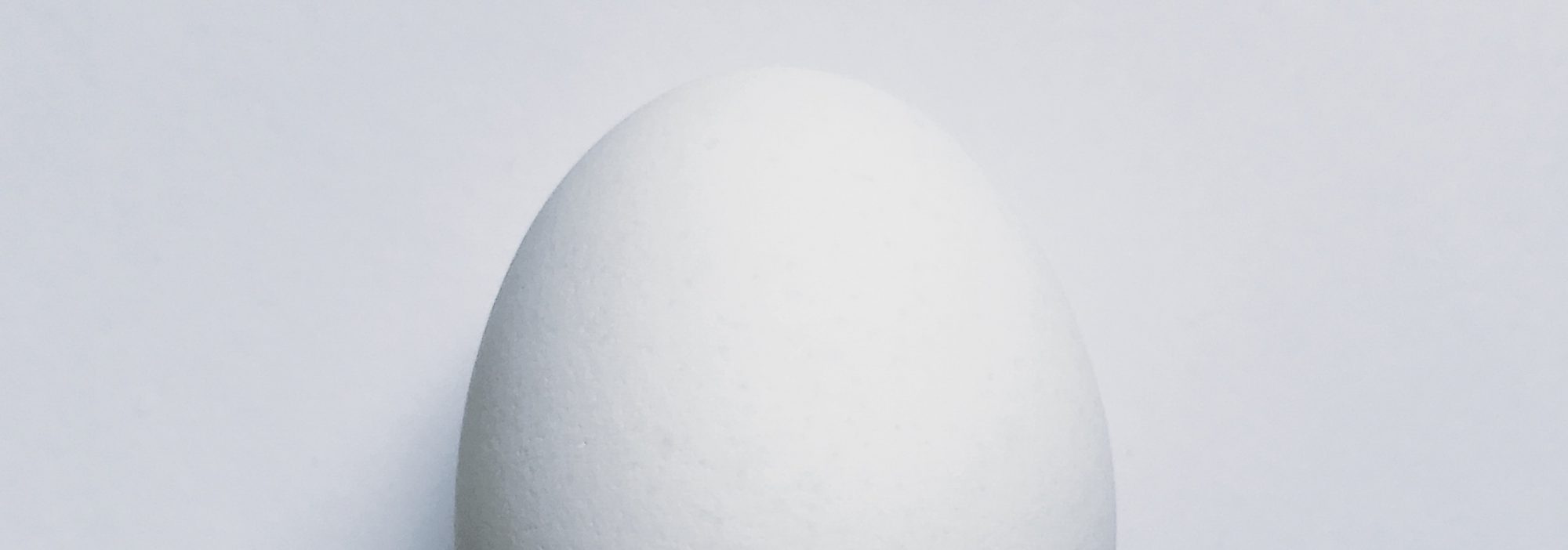
Eggs are an excellent source of protein, vitamins, and several minerals! This includes the following:
Essential for building and repairing muscles, organs, skin, hair, and other body tissues, needed to produce hormones, enzymes and antibodies, the protein in eggs is easily absorbed by the body.
Carries oxygen to the cells; helps prevent anemia – the iron in eggs is easily absorbed by the body.
Helps maintain healthy skin and eye tissue, assists in night vision.
Strengthens bones and teeth, may help protect against certain cancers and auto- immune diseases.
An antioxidant that plays a role in maintaining good health and preventing disease.
Helps protect against heart disease.
Helps produce and maintain new cells, helps prevent a type of anemia, helps protect against serious birth defects if taken prior to pregnancy and during the first three months of pregnancy.
Works with Vitamin E to act as an antioxidant to help prevent the breakdown of body tissues.
Maintains good vision, may reduce the risk of age-related eye disease, such as cataracts and macular degeneration.
Plays a strong role in brain development and function.
If you have been avoiding eggs because of concerns linking them to dietary cholesterol and coronary heart disease, it’s time to reconsider. The latest research shows that healthy adults can enjoy an egg every day without increasing their risk of heart disease.
According to the American Heart Association, the lutein found in egg yolks also protects against the progress of early heart disease.
For more information to help you better understand and manage your cholesterol, visit here.
It is okay to feed your baby whole eggs starting at 6 months! In fact, research shows that introducing whole eggs early can help to lower your baby’s chance of developing an egg allergy. The newest infant feeding guidelines from Health Canada, the Canadian Pediatric Society, Dieticians of Canada, and the Breastfeeding Committee for Canada now recommend introducing whole eggs at six months of age, or as soon as your child starts eating solids.
You can start adding eggs to your baby’s diet by gradually adding cooked eggs to their food. Remember to always ensure that your baby’s eggs are cooked properly to avoid food-borne illnesses. Visit eggs.ca to find more ways to introduce eggs to your baby.
Have you ever wondered what makes up an egg? What the stringy white bit attached to the yolk is called or what the albumen is? Here is everything you never knew you wanted to know about eggs!
The shell, which contains approximately 10,000 tiny pores that allow moisture and gasses in and out, is the egg’s first line of defense against the entry of bacteria.
An air cell is formed at the wide end of the egg as it cools off after being laid. The fresher the egg, the smaller the air cell.
Albumen is the egg white, which represents 2/3 of an egg’s weight. There are two layers – thick and thin albumen – that are made mostly of water, high-quality protein, and minerals.
The yolk membrane surrounds and holds the yolk. The fresher the egg, the stronger the yolk membrane.
The yolk which represents 1/3 of an egg’s weight, is the egg’s major source of vitamins and minerals. The yolk colour can range from light yellow to dark orange, depending on the hen’s feed.
Chalazea is a pair of spiral bands that anchor the yolk in the centre of the albumen. The fresher the egg, the more prominent the chalazea.
The germinal disk appears as a slight depression of the surface of the yolk, which is the entry for the fertilization of the egg.
There are two membranes on the inside of the shell (one sticks to the shell and the other surrounds the albumen), which together are the egg’s second line of defense against bacteria.